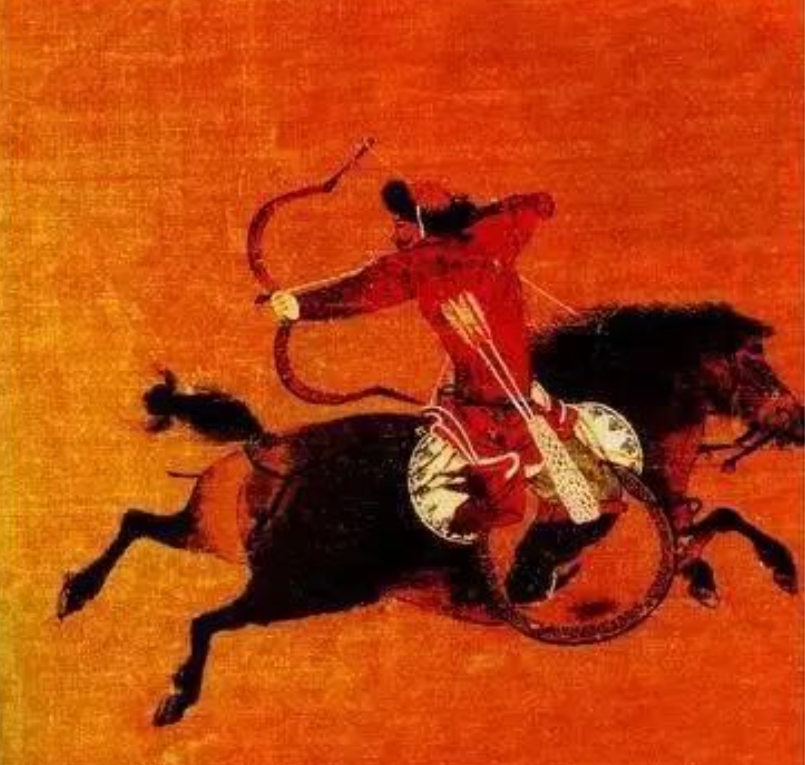Release time:2025-06-07 16:52:37Clicks:author:SPG ArcheryMain categories:Bows, Arrows, Archery Accessories

Bow and arrow culture is an important part of Chinese traditional culture. It has a long history and extremely rich content, and has permeated many aspects such as politics, economy, etiquette, education, military, folklore, and technology.
Confucianism regards archery as "one of the six arts of a gentleman", which has the cultural essence of combining civil and military skills, embedding archery in teaching, and advocating harmony. Military strategists praised bows and arrows as "the first of the eighteen weapons". Horseback archery and foot archery have always been an important part of military power in the era of cold weapons. In the history of ancient military technology, no cold weapon can compare with bows and arrows; bows and arrows have not only had a profound impact on the Chinese people, but also on many ethnic groups and countries in Asia. But with the development and continuation of human society. But many early human histories have become legends, myths, and rock paintings. When did bows and arrows come into being? Today, we have no way to trace the origin, and we can only understand and speculate with the help of some relics and legends left in various places and ethnic groups. Today we will select two representative myths from a large number of myths to share with you.
Yi Shoots Nine Suns The myth of "Yi Shoots Nine Suns" is recorded in ancient documents such as "Huainanzi. Benjingxun" and "Chuci. Tianwen". It is said that in ancient times, there were ten suns in the sky, scorching flames, drying up rivers, and withering vegetation. The people suffered unprecedented disasters. So the Emperor of Heaven sent the god Yi down to earth and gave him "red bow and white arrows" to eliminate harm for the people. Yi faced the sky and shot ten suns. The golden bow was filled with a thousand pounds of force, and the white arrows were as fast as meteors. Where the bowstring sounded, the fire flew. Yi shot down nine suns in one go, and only the smallest sun was frightened and hid in the shade of the Fusang tree, so the earth regained its vitality.
Xibe people left their hometown and migrated westward
"Gaxian" - Xibe archer It is said that in ancient times, Gaxian Cave was a sea eye, the valley was a strait, and the Dragon King caused chaos and harmed the people. A great archer named Enduligahan drove away the Dragon King with his superhuman archery skills, turning the seabed into layers of mountains. Later, a group of man-eating pythons appeared and wanted to compete with Enduligahan in archery, agreeing that the winner would occupy the cave. In the end, he was defeated by Enduligahan and escaped from the Greater Khingan Range. In order to commemorate the achievements of this brave archer, people called him Enduligahanxian, which was called "Gaxian". Today, the Xibe people still call their hometown "Gaxian". Moreover, the Xibe people have passed down the archery culture and horseback archery skills to this day. In 1764 AD, Emperor Qianlong selected more than a thousand elite soldiers from the Xibe people to fight in Yili. Then the Qing government used the powerful "horseback archery force" of the Xibe people to march to Yunnan and expel the invading Burmese enemies. Later in the 19th century, the Xinjiang Zhang Geer rebels were annihilated to recover the four cities in southern Xinjiang, the Ili Sultan Khan was crushed, the invasion of Tsarist Russia was resisted, and Yili was recovered. After the founding of the People's Republic of China, the descendants of this "archery force" continued to compete in archery competitions at home and abroad, winning numerous honors. For the Xibe people, bows and arrows are not only a tool and weapon, but also a symbol of national spirit and history, becoming one of the most precious traditional cultures of the Xibe people. Today, Chabuchaer County, where the Xibe people live in Xinjiang, is even known as the "Hometown of Chinese Bows and Arrows", and continues to shine in the course of the times.